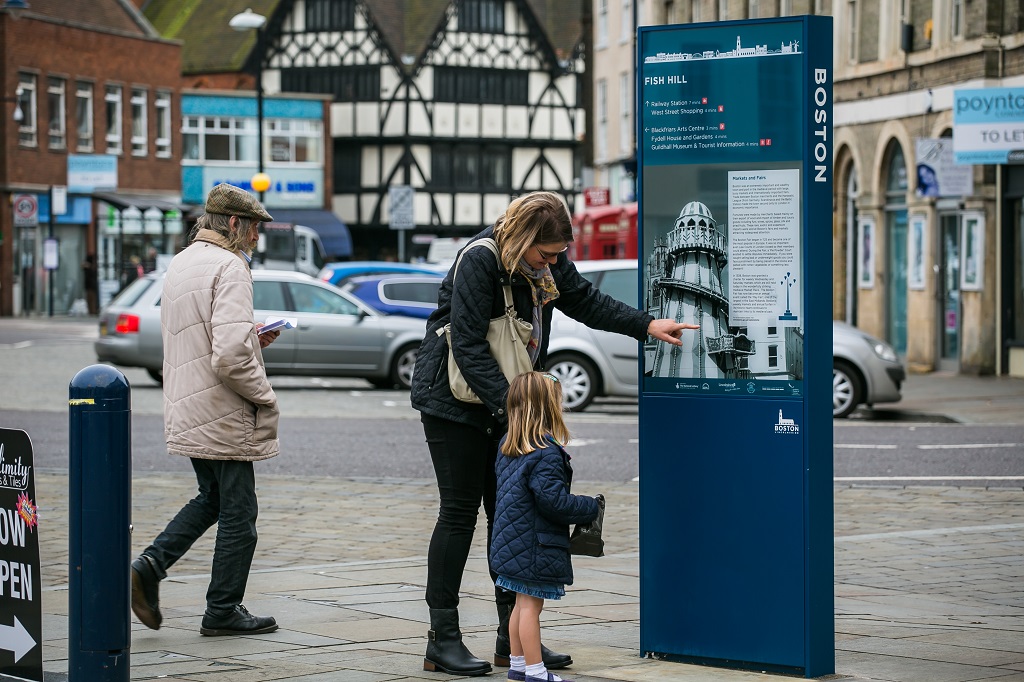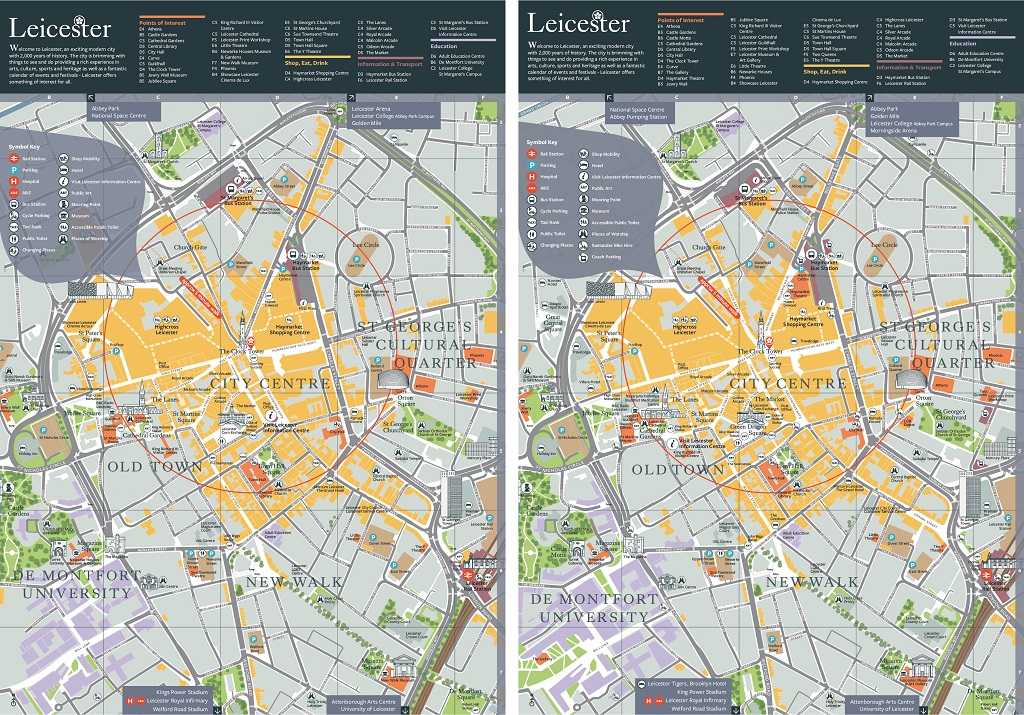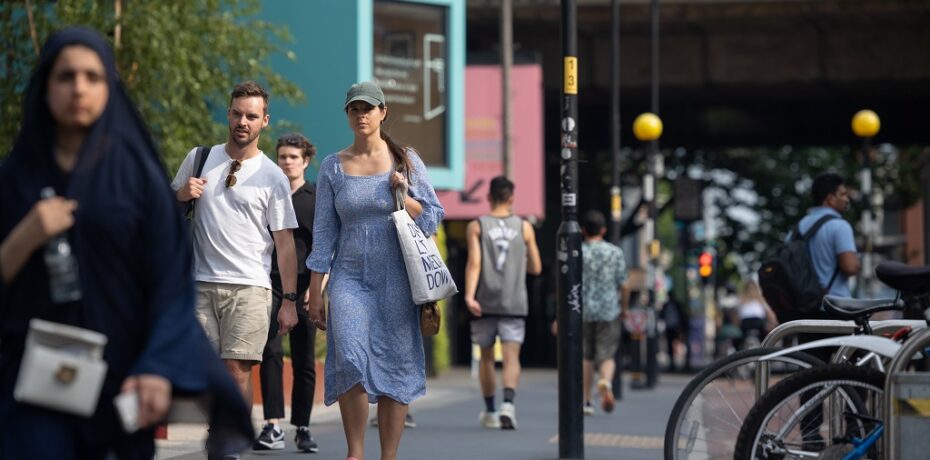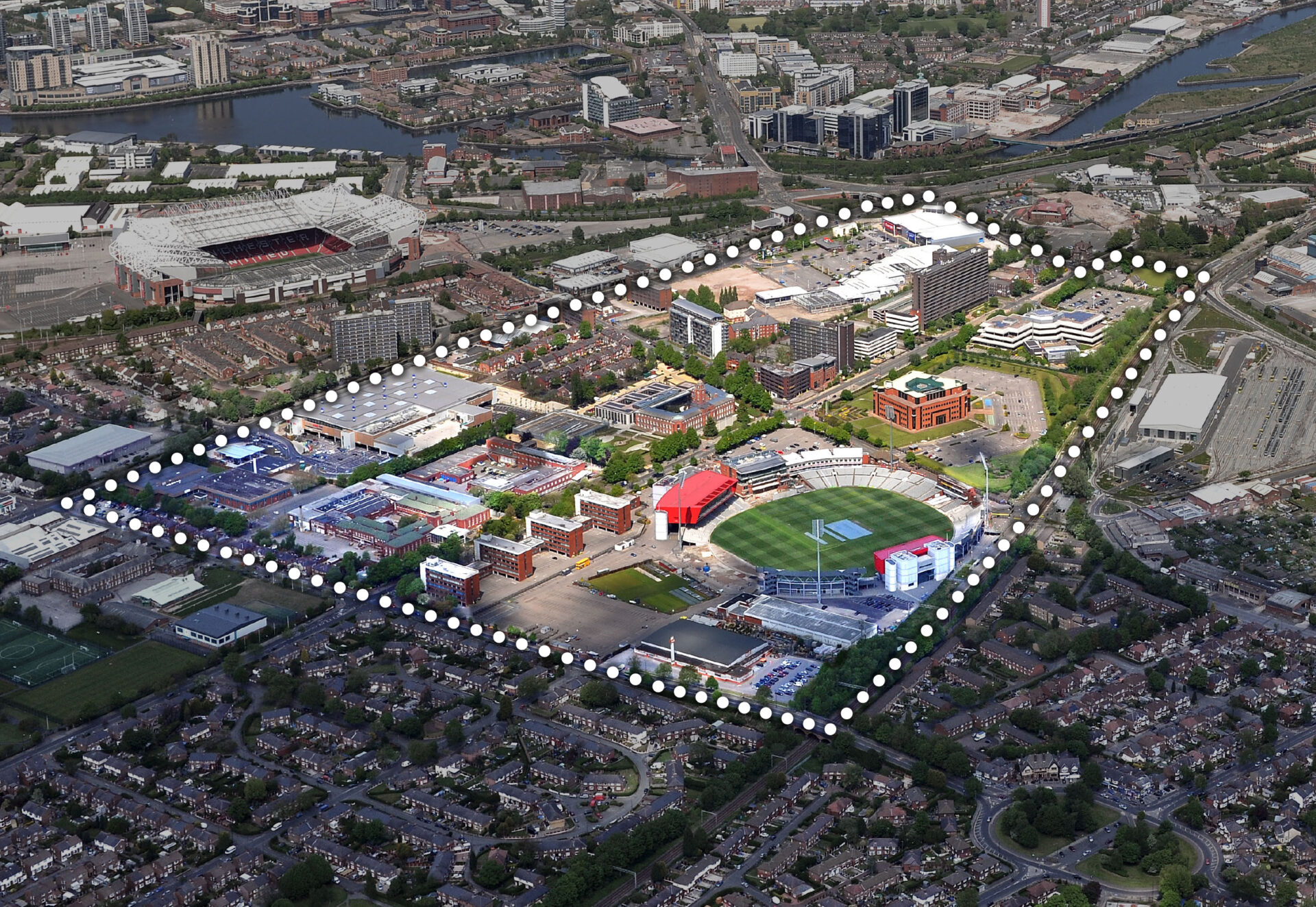Commentary
Wayfinding: the hidden piece of the placemaking puzzle
 More than just helping people get from A to B, wayfinding plays a crucial role in celebrating a place’s ‘soul’, writes Sophie Campbell of Placemarque.
More than just helping people get from A to B, wayfinding plays a crucial role in celebrating a place’s ‘soul’, writes Sophie Campbell of Placemarque.
When Place North’s Dan Whelan asked the Greater Manchester Development Update panellists whether placemaking was more than just a buzzword, we had to smile.
It’s true. The word ‘placemaking’ is slipping into the realm of professional jargon, at risk of losing its meaning and impact. We’re just as much culprits as the next for using it. In our role as wayfinders, we work on everything from early concepts to public realm works, all of which fall under the banner of placemaking.
So, what are we really talking about here?
Finding and celebrating a place’s ‘soul’
Panellist at the Place North West conference, Andrea Winders of MIDAS, hit the nail on the head with her number one piece of advice: “define your development’s soul”.
Pinning this down is what transforms something from a generic business park to, for example, the UK’s largest bioscience campus.
Or averts a town centre regeneration plan from being assigned to the ‘same old’ pile to being celebrated as the lobster capital of Europe.
Andrea’s ‘soul’ is our ‘storytelling’.
As wayfinders, we dig into a place’s story long before we start sketching concepts. We uncover stories like how the modern game of football was first played on Parker’s Piece in Cambridge. We ask questions like:
- What were your town’s origins?
- Why did it expand in this way?
- What are its stories?
- What is its raison d’être?

Credit: Embedding the place brand through the wayfinding reinforces the sense of place at Circle Square Manchester. Placemarque
Often, we work with branding experts to communicate a place’s brand, the mechanism by which we tell its story. That’s how to make sure that Pontefract’s signs allude to the cake it’s famed for, while the signs in Aviva Studios exude a contemporary and plain-talking personality. It also informs the stories told on these signs, like the role Boston played in the Pilgrim Fathers’ migration to the USA. We call this ‘interpretation’ (but we’re happy to admit that’s another piece of industry jargon).

Boston signage helps communicate the area’s story. Credit: Placemarque
Navigating a place with confidence
With navigation being perhaps the most fundamental aspect of wayfinding interventions, we silently cheered on Places Matters’ Annie Coombs from the sidelines at the conference when she said that crucial to good placemaking was “knowing where you are, and how to get to where you want to be”.
Good design gives invisible navigational cues through the built form and road layout. But users also need clear, helpful signage, too. The choreography of wayfinding, working in tandem with the built form, gently nudges people along with confidence to reach their destination.
Bringing life into a place
The number one piece of advice shared by Muse’s Stuart Rogers was to “obsess about the ground floor”.
Creating active frontages that bring people to a place is crucial. Is the development giving people a reason to come, and even linger?
Thinking carefully, early on, is key to ensuring people will be able to easily move around, find their destination, and enjoy the spaces between the buildings. Stakeholder engagement and focusing on user experience are crucial to making places work beyond the bricks and mortar. Buildings are the backdrop to a place, not the place itself.
How the pieces all fit together
Finally, Euan Kellie from Euan Kellie Property Solutions emphasised the importance of piecing developments together: “no building or place exists in isolation”.
It’s vital to understand how they fit together, not purely in land use terms but the links between them. Ask: is there an opportunity to bolster key pedestrian routes to encourage active travel?

Drawing mapping that is pedestrian-focused helps reinforce the sense of place by enabling people to better engage with where they are and where they are going in Leicester city centre. Credit: Placemarque
Wayfinding is the hidden piece of the puzzle
What ties all these reflections together? Wayfinding.
While it was never mentioned by name at the GM Development Update, wayfinding was fundamental to all four placemaking tips. It really is the hidden piece of the jigsaw in creating successful places.
When done well and considered early enough in the process, it can help tie together all the other important aspects of placemaking and design.
We work with developers, local authorities and town councils, architects and landscape architects to make sure that brilliant masterplans ‘fit’ in the bigger picture of good placemaking. We look out for ways in which places can be better connected and better understood, so they become more memorable and enjoyable to be in.
The GM Development Update showcased some of the many exciting plans and proposals on the horizon for this great region. Let’s make sure we fit the pieces together well, to make the most of the opportunities before us.
If you want to ensure you’ve covered every piece of the placemaking puzzle, get in touch. We’d love to help you celebrate your place’s soul and improve people movement.
- Sophie Campbell is creative director at Placemarque
- Placemarque sponsored the Greater Manchester Development Update in September 2024 – view the gallery and summary here





